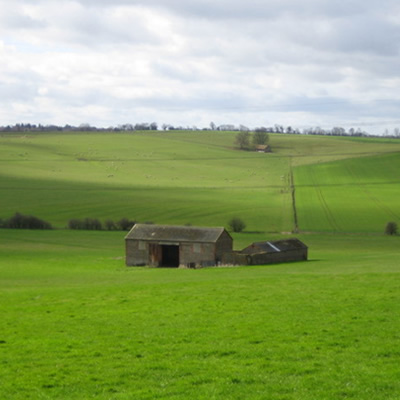
Throughout history, geography has served as both an asset and an inconvenience. Currently, living in rural areas has benefits, including low pollution and extreme privacy due to isolation from urban areas. However, this privacy can also become a roadblock for important information about cancer.
The Centers for Disease Control and Prevention (CDC) has found a slower reduction in cancer death rate in rural America when compared with urban America. According to the researchers, the isolation of rural areas impacts people’s access to treatment, and knowledge about prevention and diagnosis. Although the overall cancer incidence rate was slightly lower in rural areas, it was higher for some cancers, including lung cancer (related to tobacco), colon and rectal cancer, and cervical cancer (usually prevented by screening). To help reduce cancer disparities throughout the U.S., special emphasis must be given to cancer prevention, which includes screening tests and vaccines, especially in underserved and rural populations.
